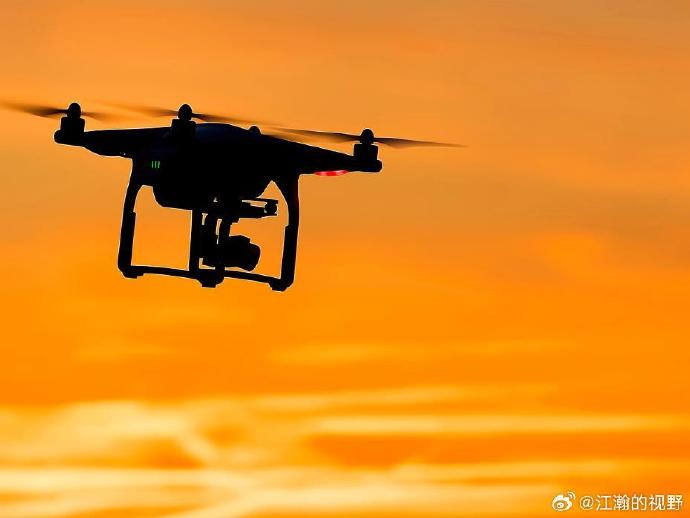Factors Affecting Drone Altitude
Drones rely heavily on technology and material that can withstand thin air at higher altitudes. Battery life plays a critical role in how high a drone can ascend; as the drone climbs, it requires more energy to counteract the reduced air pressure. Additionally, GPS and altimeter aid in maintaining altitude with precision, but these systems can become less reliable as altitude increases. The structure of the drone also plays a part; lightweight materials allow easier lift-off. However, heavier drones may struggle at higher elevations due to increased fuel consumption and air density variation.
Regulatory Restrictions
Another crucial factor influencing how high drones can fly is regulatory limits. For safety considerations, most countries adopt aviation laws to restrict drones from exceeding a certain height. In the U.S., the FAA stipulates even stricter controls in certain no-fly zones, such as near airports or secure government facilities, where drones might be altogether prohibited.
Drone Model Variability
Some drones are designed to reach higher altitudes than others. High-performance models used by professionals for filmmaking or rescue operations can reach higher altitudes, potentially up to several kilometers, but these usually require special permission. Military drones are in a class of their own, capable of soaring several miles above the earth’s surface.
A few adventurous hobbyists might attempt to push the limits, but they must remain aware of not only legal repercussions but also potential technical failures. Safety should always take precedence when exploring the heights achievable by drones.
Environmental Conditions
Environmental factors can significantly impact the performance of a flying drone. Weather conditions like wind speed, air temperature, and humidity can all alter a drone’s ability to ascend. Strong winds can destabilize flight, while lower temperatures might drain battery life faster, especially at extreme altitudes.
